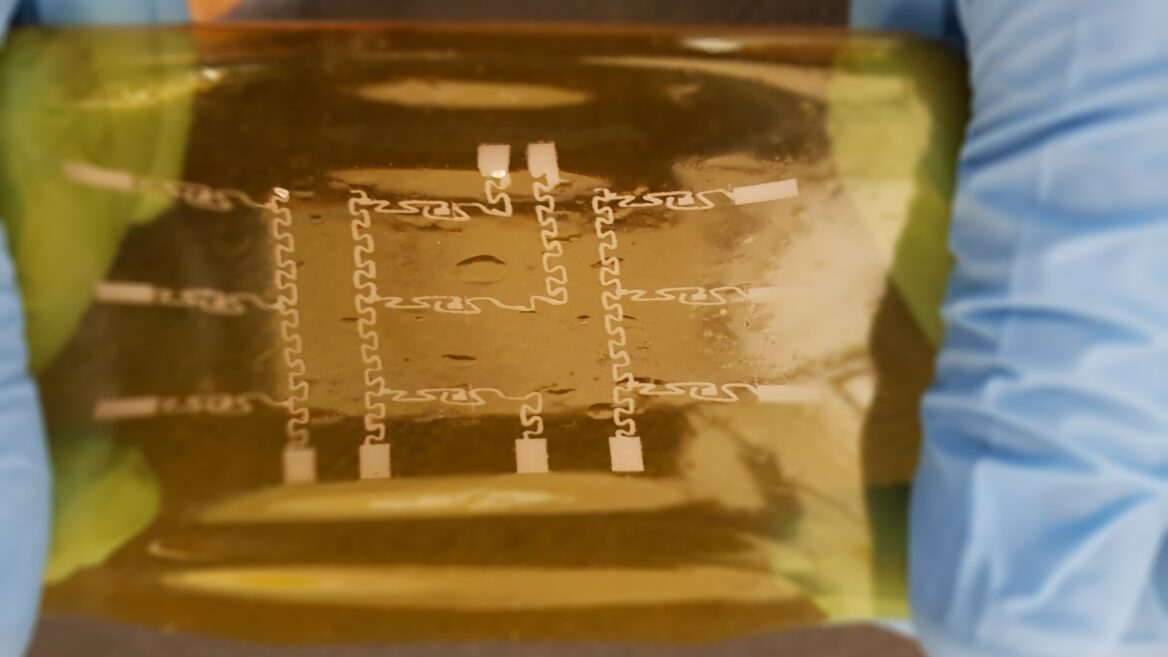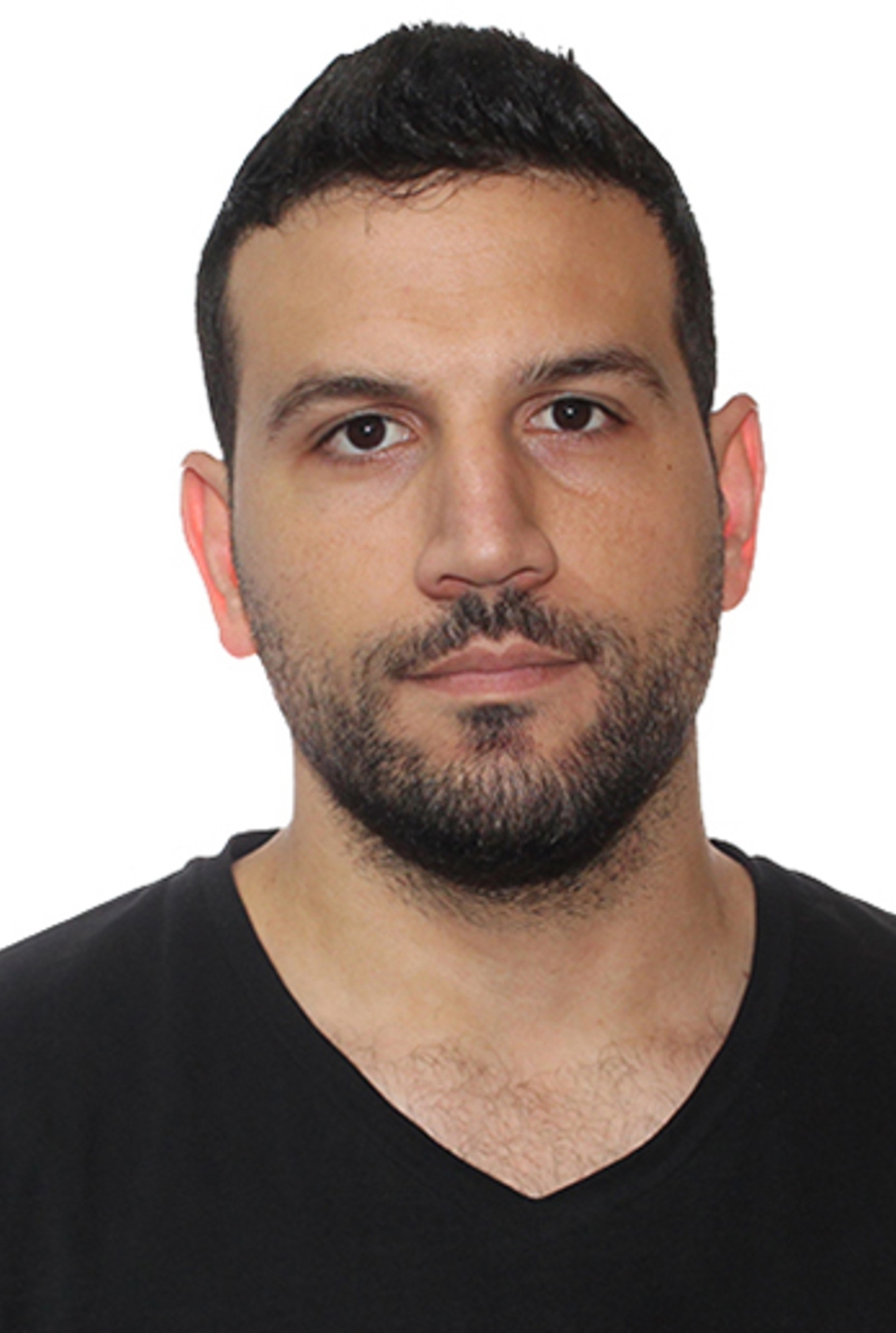 Największy triumf “wyklętych”: w Lesie Stockim rozbili jeden z najbardziej elitarnych batalionów NKWD
Największy triumf “wyklętych”: w Lesie Stockim rozbili jeden z najbardziej elitarnych batalionów NKWD
Grzegorz Motyka
 Marian Bernaciak, ps. ‘Orlik’ (Fot. Domena Publiczna)
Marian Bernaciak, ps. ‘Orlik’ (Fot. Domena Publiczna)
O godz. 19 NKWD-ziści zaatakowali. Gdy wydawało się, że linia partyzanckiej obrony zaczyna pękać, nagle z dwóch stron Polacy przystąpili do kontrataku na Sowietów
.
198. Samodzielny Batalion Strzelców Zmotoryzowanych NKWD był oddziałem szczególnym. Utworzono go bowiem w sierpniu 1944 r. w Lublinie specjalnie do ochrony kierownictwa PKWN oraz PPR. Znaleźli się w nim najlepiej przeszkoleni i zaufani żołnierze. Misję swą wypełniał z sukcesem, ale kiedy na początku 1945 r. władze Polski lubelskiej przeniosły się za frontem na zachód, batalion postanowiono użyć przeciwko partyzantce poakowskiej w Lubelskiem.
Od 2 lutego 1945 r. batalion wykorzystywano do takich akcji nagminnie i niemal z reguły kończyły się one sukcesem. W marcu 1945 r. koło Włodawy w czasie obławy na berlingowców, którzy zdezerterowali z komunistycznej służby, zabito 55 i aresztowano 234 Polaków. Z kolei 12 maja w okolicy Nałęczowa NKWD-ziści dopadli grupę poakowskiego podziemia Kazimierza Orłowskiego „Szatana”. Partyzanci stracili 17 osób. To tylko wybrane przykłady z serii sukcesów NKWD. Do 24 maja 198. Batalion przeprowadził 22 operacje, w wyniku których „zniszczył” 305 Polaków, a kolejnych 538 aresztował. Ponadto w czasie patrolowania ulic Lublina zatrzymał 656 osób.
Gdy więc 24 maja otrzymał informację, że w Lesie Stockim koło Puław znajduje się polski oddział partyzancki, Sowieci mieli prawo przypuszczać, że ruszają po kolejne zwycięstwo. W pościg za partyzantami ruszyła grupa operacyjna złożona z 46 żołnierzy NKWD (ze st. lejtnantem Karpiukiem na czele) oraz 30 funkcjonariuszy UB, wzmocniona samochodem pancernym. O godz. 18.45 NKWD-ziści dotarli pod wioskę. Wysłany zwiad poinformował, że co prawda sześciu napotkanych gospodarzy zaklinało się, iż we wsi nie ma „bandytów”, to jednak w obejściach widać było ludzi w mundurach. W tej sytuacji Karpiuk podzielił swój oddział na trzy grupy. Dwie miały zablokować drogi ucieczki na zachód i południe, trzecia wzmocniona samochodem pancernym – uderzyć na wieś jednocześnie od wschodu i północy.
O godz. 19 NKWD-ziści zaatakowali. Gdy wydawało się, że linia partyzanckiej obrony zaczyna pękać, nagle z dwóch stron Polacy przystąpili do kontrataku na Sowietów. Samochód pancerny został zniszczony, a kilkunastu żołnierzy NKWD na otwartym polu wystrzelano niemal jak na polowaniu. Podobny los spotkał funkcjonariuszy UB z grupy zabezpieczającej wieś, których partyzanci osaczyli w lessowym wąwozie. Reszta grupy uderzeniowej cofnęła się do zagajnika i rozpaczliwie odpierała tam kolejne polskie ataki. Około godz. 23 Polacy się wycofali, co ocaliło Sowietów przed zagładą, został im bowiem tylko jeden granat i raptem po 20 sztuk amunicji na osobę.
Sowietów w Lesie Stockim pokonało zgrupowanie AK-WiN mjr. Mariana Bernaciaka „Orlika”. Ten przedwojenny urzędnik pocztowy wziął udział w kampanii polskiej w 1939 r., a później natychmiast wstąpił do ZWZ-AK. Od 1943 r. dowodził partyzantką w rejonie Puław, co okazało się znakomitym wyborem. Po wejściu Armii Czerwonej „Orlik” postanowił pozostać w konspiracji. W kwietniu 1945 r. w brawurowej akcji uwolnił 107 więźniów z więzienia UB w Puławach. Po pokonaniu w Lesie Stockim batalionu NKWD przerzucił błyskawicznie swój oddział na drugi brzeg Wisły i w ten sposób umknął obławom, które przetoczyły się po całym powiecie.
W bitwie Sowieci stracili 20 żołnierzy, w tym oficera. Zginęło też dziewięciu funkcjonariuszy organów bezpieczeństwa. Partyzanci ponieśli mniejsze straty – mieli ośmiu zabitych i kilkunastu rannych. Było to największe zwycięstwo AK-WiN nad grupą operacyjną NKWD-UB w historii „żołnierzy wyklętych”, co ważne – nad elitarnym 198. Batalionem. Po porażce Sowieci przerzucili oddział 8 czerwca na warszawską Pragę, gdzie ponownie zaczął ubezpieczać obiekty rządowe. Jesienią 1945 r. został rozformowany.
„Orlik” walczył do czerwca 1946 r., kiedy to poległ z bronią w ręku. Jeśli dziś dbamy o pamięć powojennych partyzantów, to winniśmy ją w pierwszej kolejności takim jak on – rzucającym wyzwanie uzbrojonym po zęby NKWD-zistom. Nie wiedzieć czemu instytucje mojego państwa więcej uwagi poświęcają dziś jednak tym, którzy „wycofali się” z Niemcami lub stosowali przemoc wobec bezbronnych prawosławnych chłopów.
Grzegorz Motyka, historyk, politolog, pracownik Instytutu Studiów Politycznych PAN
Zawartość publikowanych artykułów i materiałów nie reprezentuje poglądów ani opinii Reunion’68,
ani też webmastera Blogu Reunion’68, chyba ze jest to wyraźnie zaznaczone.
Twoje uwagi, linki, własne artykuły lub wiadomości prześlij na adres:
webmaster@reunion68.com





